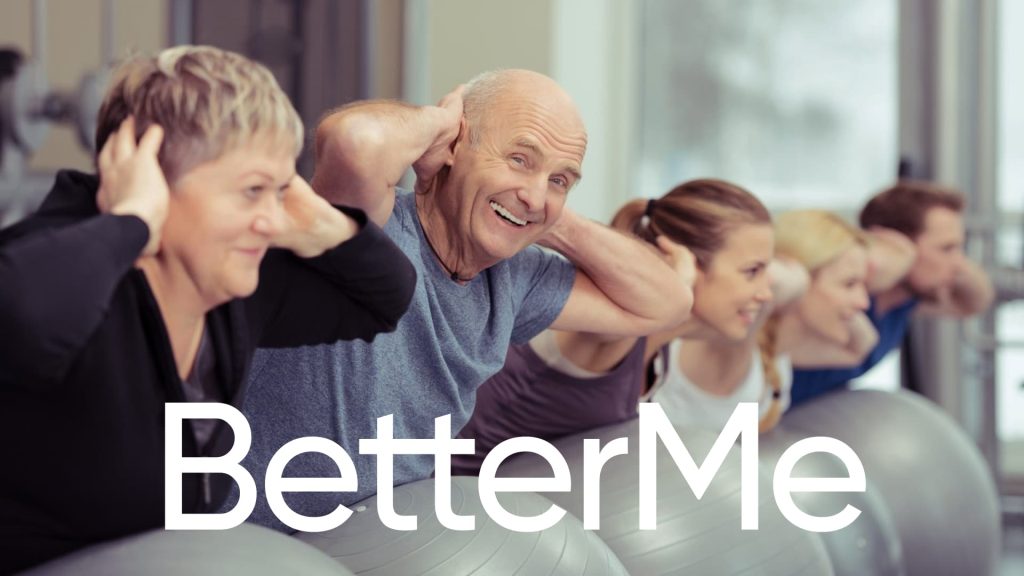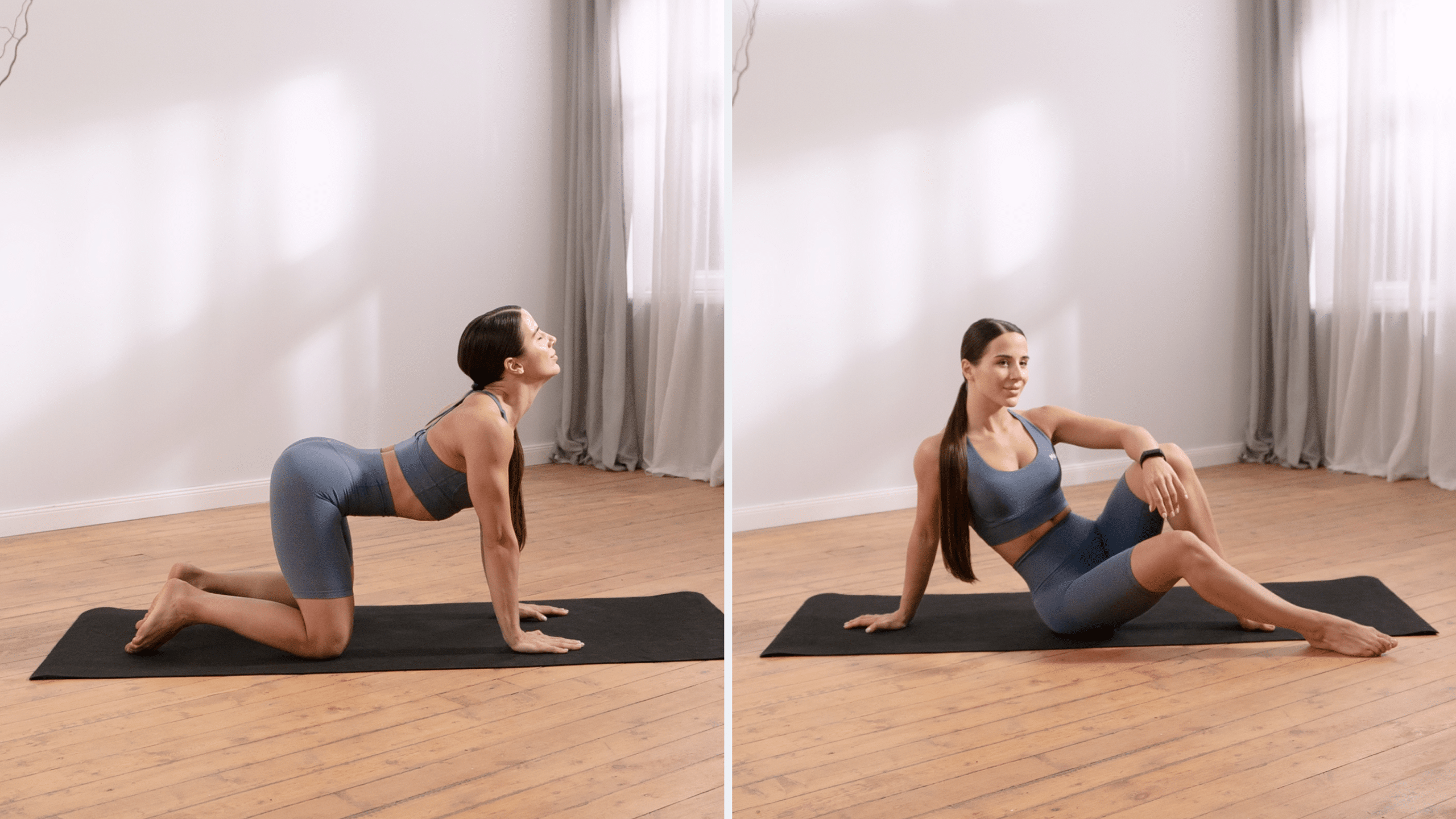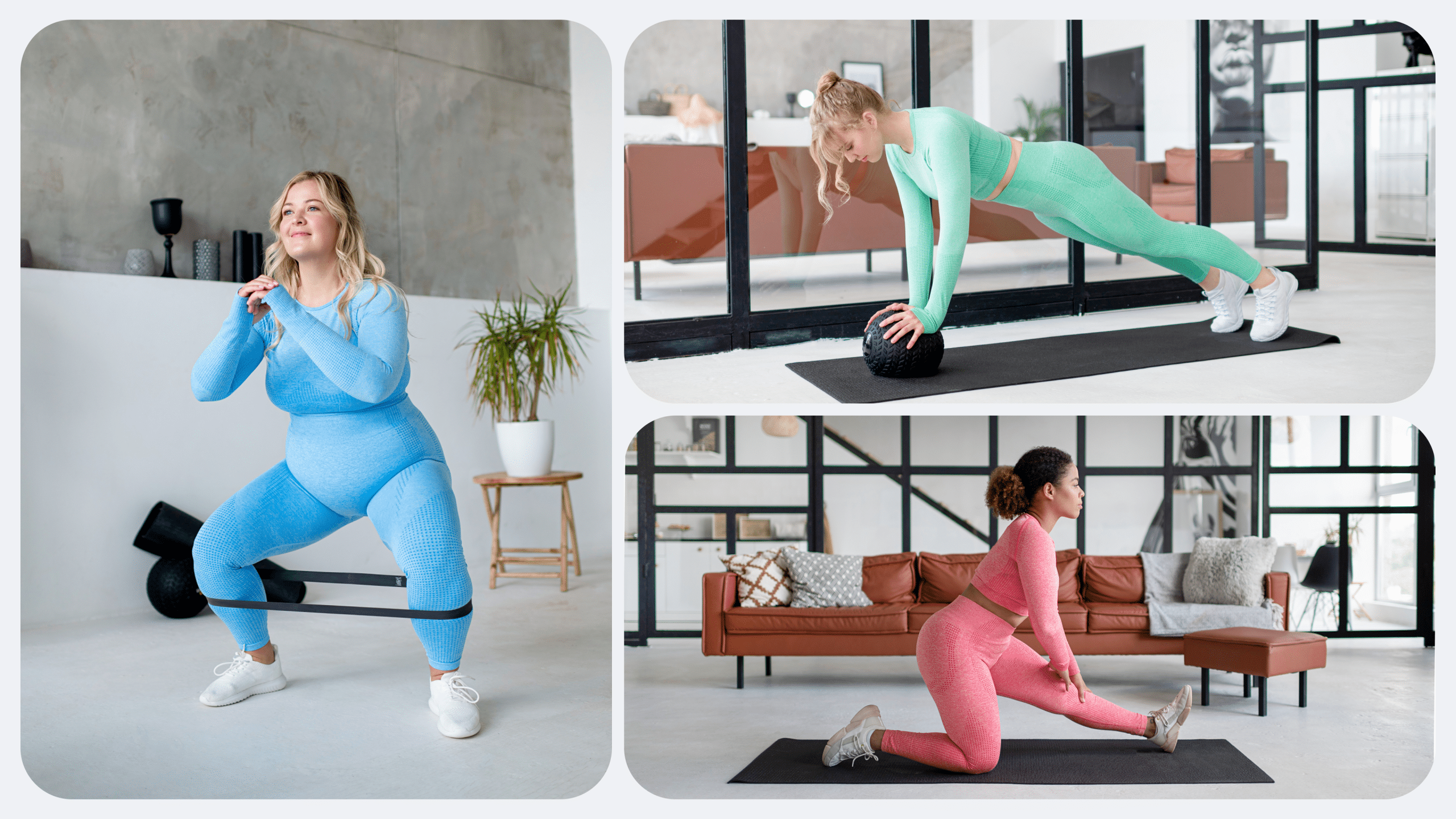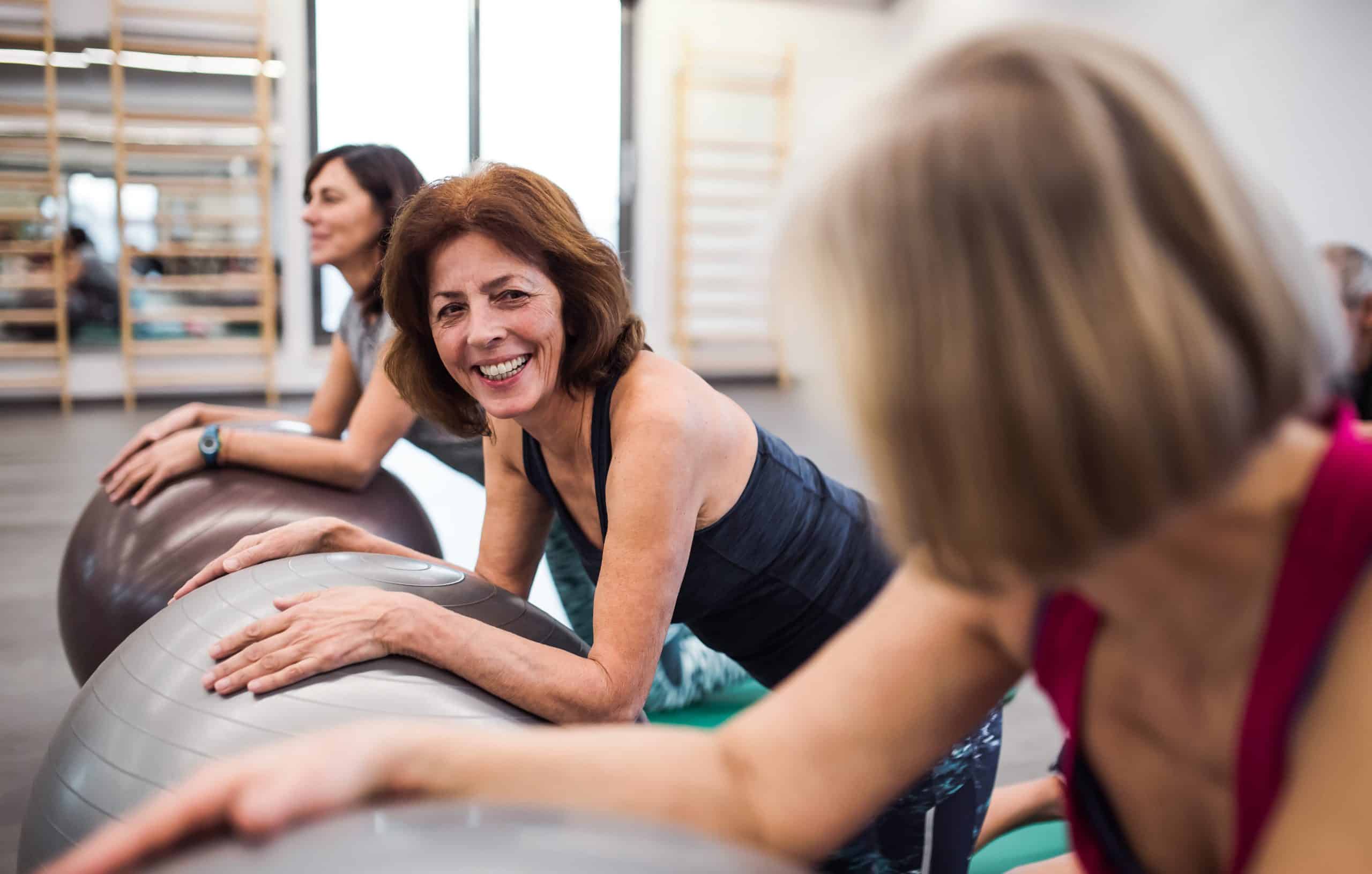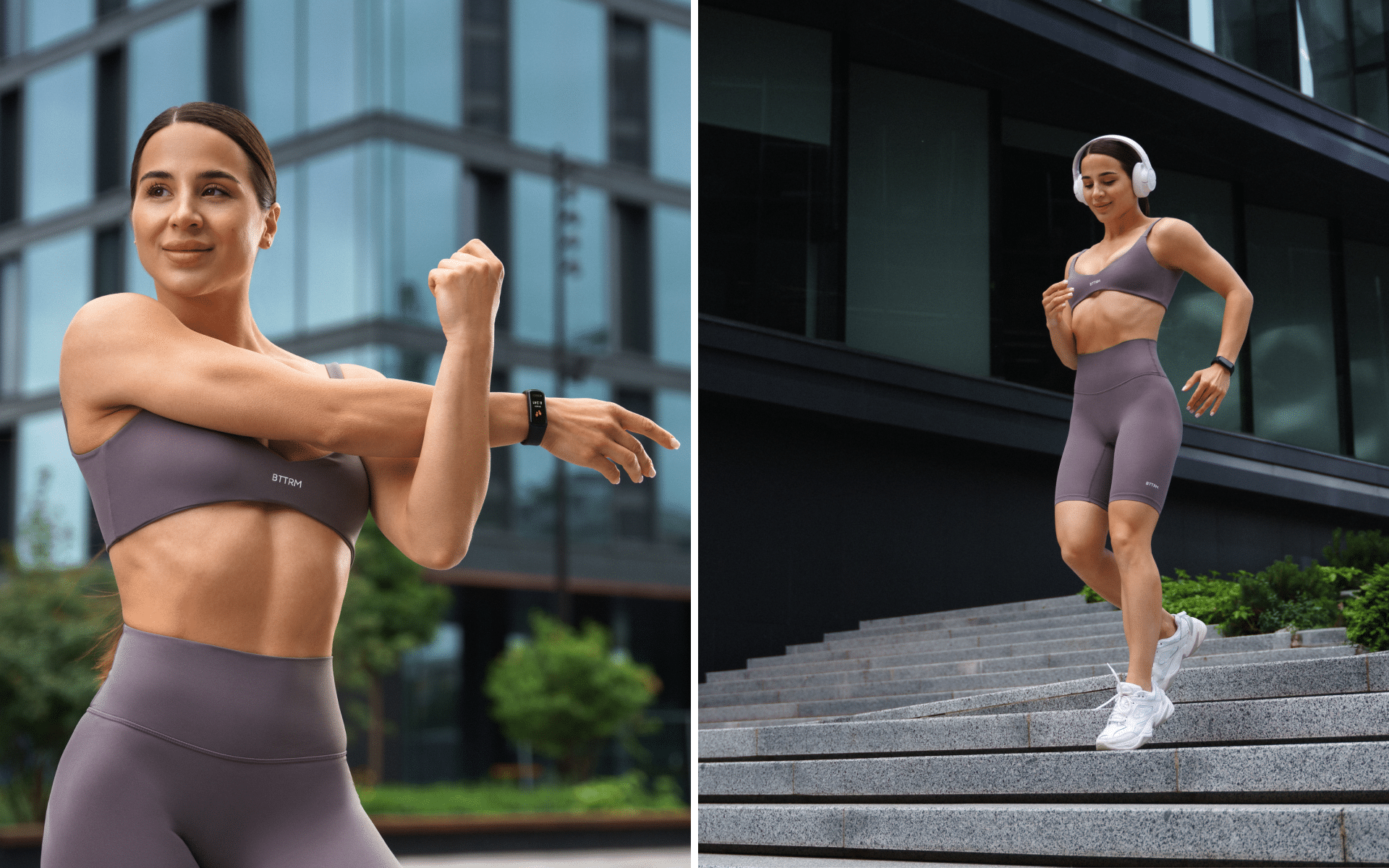How Does Age Impact Flexibility?
Aging is an inevitable process every human being goes through. It affects all sides of life, including physical abilities. When people age, their muscles gradually become weaker, their bones become more fragile, and their flexibility decreases. To a certain degree, everyone is bound to smack into these issues once they start getting on in years. Yet looking at the older people around you can clearly see some of them keeping up with active life while others are struggling with the challenges aging sends their way. This points to the fact that the way people react (physically and mentally) to aging is crucial to understand how to effectively manage to stay afloat. Read this article to learn about the impact of age on flexibility, and how to counteract it.
Get your personalized
meal plan!
What Is Flexibility?
Flexibility, physiologically, is the degree of range of motion in a joint or group of joints. Contrary to popular belief, our flexibility normally varies from one joint to another. That is, being flexible in one part of the body does not mean being flexible in the other. Mostly, the health and structure of the muscles, tendons, and ligaments in a particular joint influence flexibility.
That is why, while aging affects functioning of all parts of the organism, it is important to emphasize muscles, bones, and joints to grasp the process of flexibility loss.
What Is The Impact Of Age On Flexibility?
As muscles age, they start shrinking and losing mass. This is a natural process, but your sedentary lifestyle can accelerate it. The number and size of muscle fibers also decrease. Therefore, it takes muscles longer to respond when you’re 60 than when you’re 20.
In tendons, the cord-like tissues that attach muscles to bones, the water content shrinks as we become older. This makes the tissues stiffer and decreases the ability to tolerate stress. Handgrip strength also decreases, making the accomplishment of routine activities like opening a bottle more difficult. With time the heart muscle isn’t able to propel large quantities of blood as quickly as before. You get tired faster and it takes longer to recover.
The metabolic rate of your body slows down, which means that your body is not able to convert food into energy as rapidly as before. This can lead to obesity and an increase in bad cholesterol levels, particularly among people already prone to gaining fat.
BetterMe is your fast-track ticket to a long-lasting weight loss! Tailor your fitness journey and maximize your results with just a couple of swipes!
What Is The Impact Of Age On Our Bones?
Aging profoundly affects our bones as well. The mineral content of bones decreases. As a result, your bones become less dense and more fragile. Osteoporosis develops when bones start losing mass, affecting both women and men equally. In your spine, osteoporosis can cause crush fractures of the vertebrae. Osteoporosis is also the primary cause of almost all hip fractures in older men and women. The chemistry of cartilage, which provides cushioning between bones, changes. When the amount of water decreases, the cartilage becomes more susceptible to stress. As cartilage degenerates, arthritis is likely to develop. Finally, ligaments, which are connective tissues between bones, become less elastic, directly reducing flexibility.
Regarding the joints, their motion becomes more restricted and flexibility inevitably decreases with age because of changes in tendons and ligaments. Moreover, joints become inflamed and arthritic as the cushioning cartilage begins to break down from a lifetime of use.
This all sounds pretty depressing, but as active and vibrant life of many elders shows, there are ways to counteract the harmful effects of aging on flexibility.
Read More: Balance Exercises For Seniors: Simple Moves To Help Improve Balance And Coordination In Older Adults
How To Counteract Decrease In Flexibility?
You are able to improve your flexibility no matter what stage you are in your life. You may not be able to restore flexibility you once had when you were a student, but you can definitely work to improve whatever level of flexibility you have right now. Moreover, you don’t have to be a contortionist to improve your flexibility. Simple flexibility exercises incorporated into your workout can significantly improve your general range of motion and efficiency.
In fact, many of the changes in our musculoskeletal system result more from the absence of usage than from simple aging. Less than 10 percent of Americans participate in regular exercise, and the most sedentary group is older than 50 years of age. That is why it is important to maintain high levels of physical activity when you age.
You might practice stretching, which is a perfect way to help maintain joint flexibility. Weight training can also increase muscle mass and strength, enabling people to continue their daily routine activities without maximal exertion as well.
In fact, higher quantities of physical activity have beneficial effects on various age-related conditions such as osteoarthritis, falls and hip fracture, cardiovascular disease, respiratory diseases, cancer, diabetes mellitus, osteoporosis, low fitness and obesity, and decreased functional capacity (1, 2, 3, 4).
To sum up, the impact of age on flexibility should not be underestimated. Indeed, you lose some flexibility when you get older. However, with regular exercising, you’ll be able to gradually increase your range of motion, and improve your overall life quality, maintaining your personal independence.
DISCLAIMER:
This article is intended for general informational purposes only and does not address individual circumstances. It is not a substitute for professional advice or help and should not be relied on to make decisions of any kind. Any action you take upon the information presented in this article is strictly at your own risk and responsibility!
SOURCES:
- Evidence Regarding the Benefits of Physical Exercise (2015, ncbi.nlm.nih.gov)
- Exercise and Aging (2004, ncbi.nlm.nih.gov)
- Exercise in the Older Adult: From the Sedentary Elderly to the Masters Athlete (2012, ncbi.nlm.nih.gov)
- Flexibility of Older Adults Aged 55–86 Years and the Influence of Physical Activity (2013, ncbi.nlm.nih.gov)


